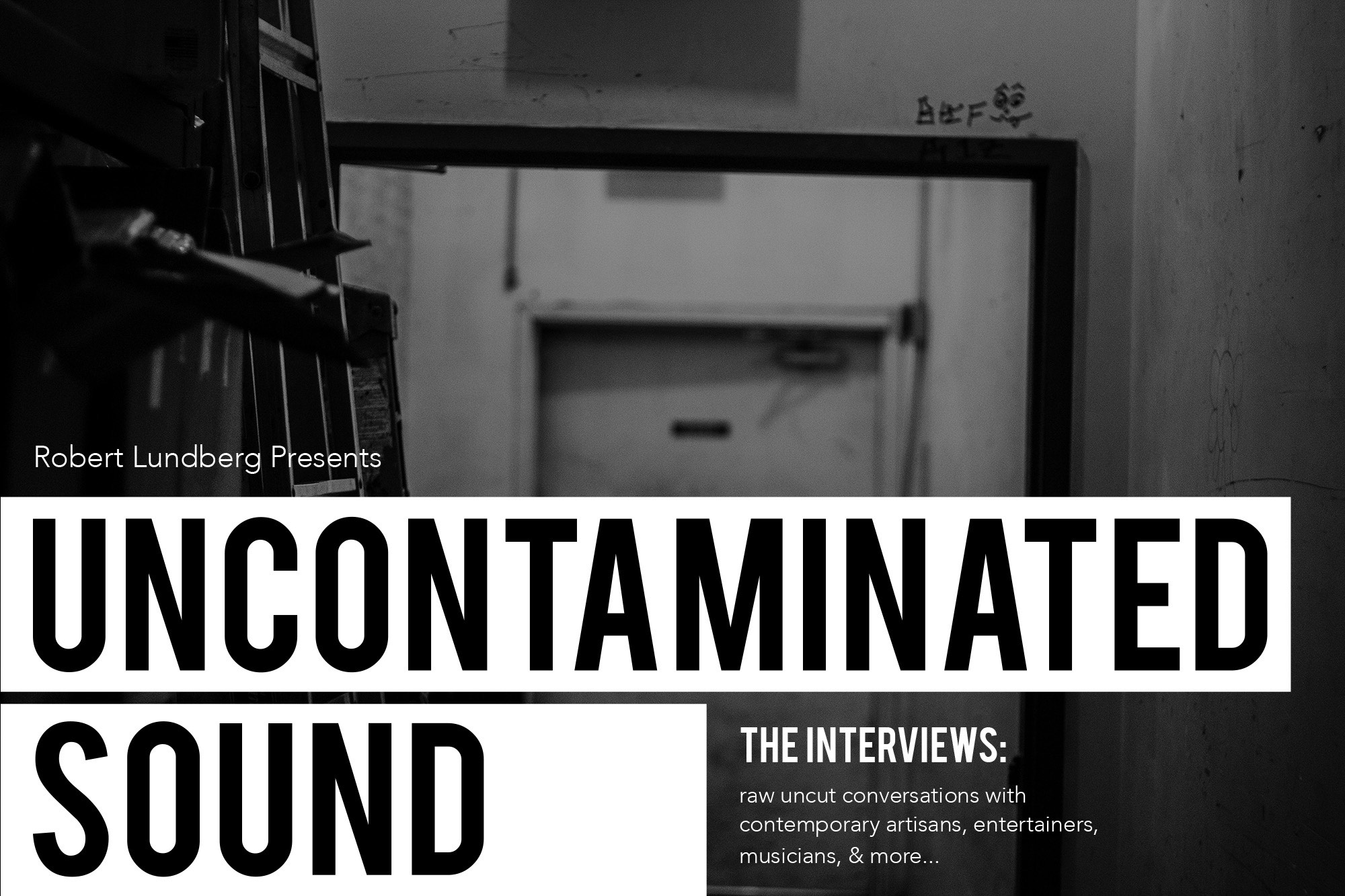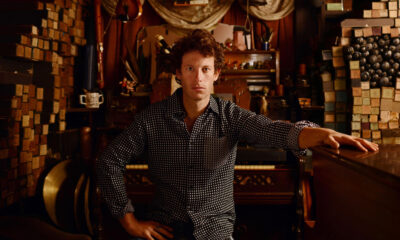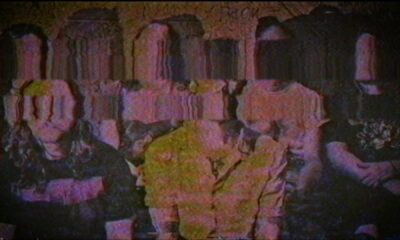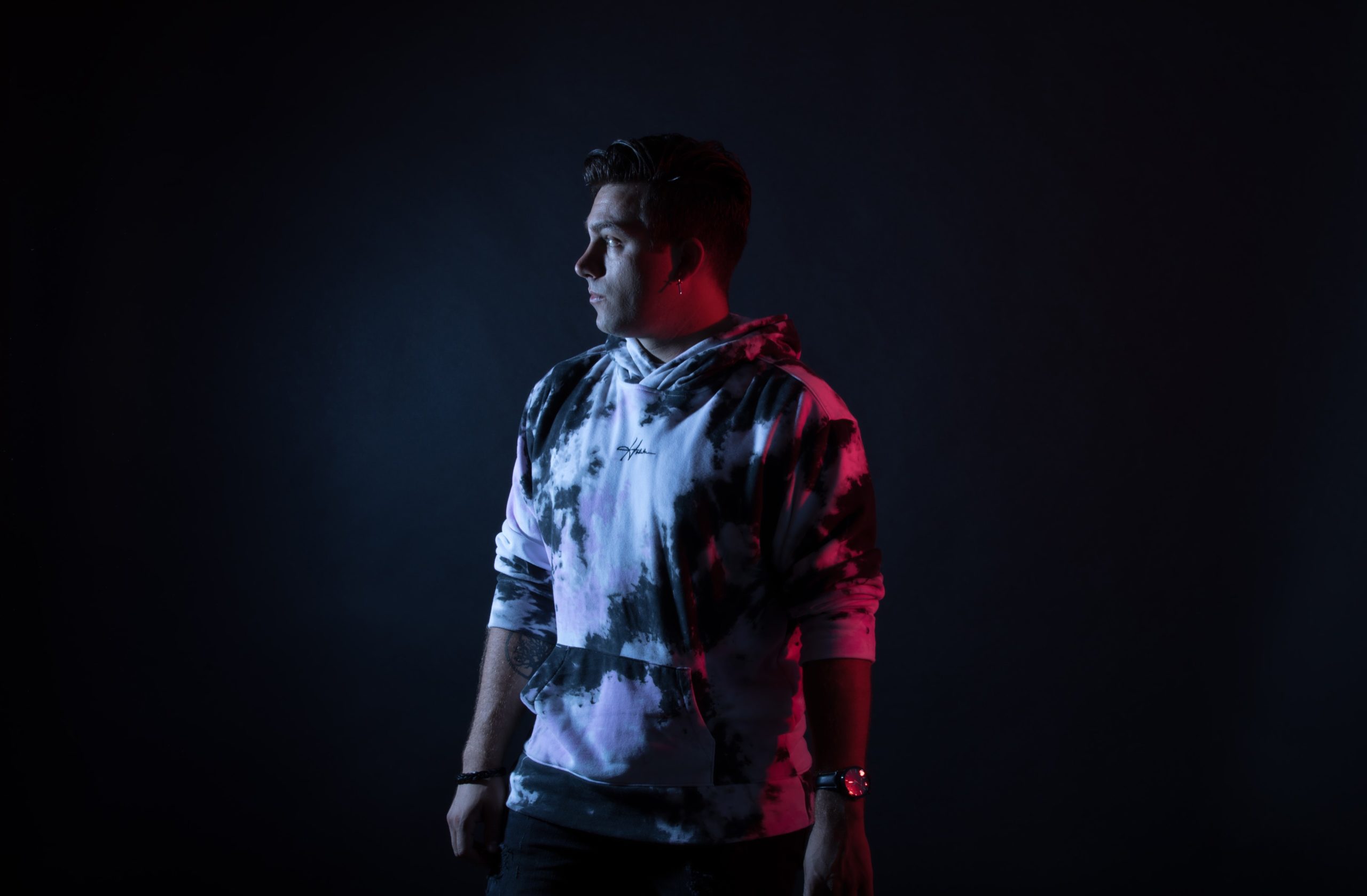Interviews
In Conversation with FROM THE BOGS OF AUGHISKA: the Band on Dark Ambient, Their Native Ireland, and the Power of Storytelling
With the release of Mineral Bearing Veins, From the Bogs of Aughiska discuss their native Ireland and its rich history, both in the band’s dark ambient scene and in the ancient art of storytelling.
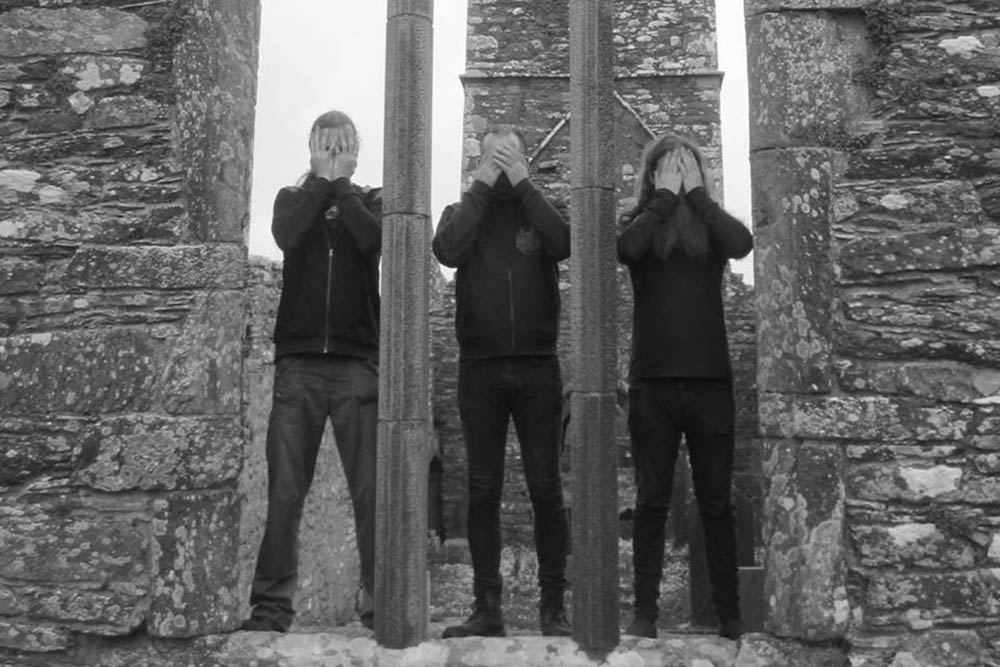
There have been many cases of black metal projects infusing dark ambient into their music, but far fewer bands have gone the other way round. Making that transition from noisy ambient to black metal are From the Bogs of Aughiska, an Irish solo-project-turned-full-band whose latest album Mineral Bearing Veins caught our attention as “an engaging and rewarding listen, but by no means an easy one,” to quote Dayv Oblyvyon’s recent review – read here. We swapped words with main man Conchúir O’ Drona about the record, Irish mythology, and legendary storytellers.
Despite the project’s origins lying firmly in harsh electronic territory, it was never meant to remain that way. “My original vision was always to push the music into the realm of black metal,” says O’ Drona. “‘Mineral Bearing Veins’ is the first time I’ve worked with other musicians who have the same mindset as me so it was possible.”
Bryan O’ Sullivan and Ronan Hayes bring a lot to the table, as O’ Drona breaks down in his set-up: “I record the dark ambient parts using basic computer software and add field recordings, the audio of which is usually taken directly from the videotapes of the footage we use when we perform.” These parts are then mixed with a cinematic vibe in mind, whereupon the other two receive them to layer the guitar, drums and (in Ronan’s case), the vocals. There’s no particular stereo setup in mind, and everyone from tape lovers to vinyl fans are welcome – “I think we’ve managed to achieve a sound that works well on all mediums.”
Dive deep into the bogs with “Poll An Eidhneain”.
As for the artists that inspire him – surprisingly for a dark ambient artist, he takes very little influence from explicitly dark ambient or noise artists. The names that crop up, though, are surely familiar to those in the electronic realm – Aphex Twin, Whitehouse, Prurient, MZ.412, and Consumer Electronics. “The first band I ever got into was The Prodigy, and they would inspire a lot of the sub-bass I put through the music,” he reveals, an odd point of reference considering the hellish soundscapes he crafts are far removed from big beat bangers such as “Firestarter” and “Their Law”.
What may come as a surprise to many is that Ireland has a thriving experimental and avant-garde music scene that stretches back decades. [1] Although From the Bogs consider themselves as “relative outsiders to black metal & experimental music scenes”, they have still played with some artists that he recommends: Deathness Injection, Brian Conniffe, Barry Dillon and Ruairi o’Baoighill, to name a few. He also has his own extreme electronics project, the marvelous Drugzilla, which is far more confrontational and hot-blooded than From the Bogs of Aughiska.
Although O’ Drona makes it clear that From the Bogs of Aughiska is separate from the music scenes that Ireland has to offer, his country’s roots are still a part of his identity. So, what is Ireland to him? “A terrible beauty!” he quips. It seems he’s not the only one with a conflicted view of his home, but it doesn’t stop him from infusing the music with a sense of Irish in more ways than one.
One prominent way is the involvement of protest storyteller Eddie Lenihan; O’ Drona recalls how he first encountered him: “I was only about 5 when I first saw Eddie perform as part of a town function in the Spa Wells in Lisdoonvarna, but I was captivated by his storytelling which has stayed with me since then. When I first started writing music for From the Bogs and decided I wanted to add a storytelling aspect, he was the only man for the job.”
Check out Eddie Lenihan telling one of his stories here:
Eddie appears on two tracks, “Crataegus” and “The One Whitethorn Bush”, on the latter of which he relays when a lone whitethorn bush was going to be removed “to make way for a new bypass between Newmarket-on-Fergus and Ennis in County Clare. He warned of terrible consequences if the fairy bush was destroyed, saying that the site in 10 to 15 years’ time would have a higher than usual casualty list, including fatalities. In the end, the planning committee changed the route so the tree wouldn’t be removed, and it is still there to this day.”
Cursed fairy trees and bushes are a running theme throughout the record, along with other superstitions regarding, for instance, buzzards. O’Drona notes a stark difference between generations in this regard: “The older generations are still superstitious, but the youth of today are too wrapped up in technology and social media to take any notice which is a shame.” Perhaps, given the compelling nature of the storytelling here, it will help to spark interest again – which is certainly one intention behind releasing ‘Mineral Bearing Veins’. He does note that he’s heard “a number of stories of people visiting Ireland after seeing us perform. Really, Fáilte Ireland (Irish Tourism Board) should be giving us a grant!”
Now that you’ve got a taste for the music, why not stream the full album below?
On a similar note, there’s also a more prominent use of Gaelic than before in the band’s catalog. O’ Drona sheds light on the island’s history with Gaelic: “The Brits tried to wipe out Gaelic, and at one point made it illegal to speak the language. The Irish school system today still makes it very difficult for young people to learn, so I think it was important to have some on this record. I also like the fact that despite having been forced to speak English, Ireland has bred some of the greatest minds of literature in the world like W.B. Yeats, Oscar Wilde, James Joyce, Samuel Beckett & Bram Stoker.”
In the end, while Mineral Bearing Veins is intended to provide the next step for From the Bogs of Aughiska to reaching a wider audience, play more festivals and the like, there’s also a nobler cause to it all. There’s still a lot to be said for the tales of old, and why they still capture our imagination to this day. Bands and records like this remind us of how exceptionally important it is to keep these traditions alive, and to draw the world’s attention to the emerald isle as a rich source of history and story.
Footnotes:
01. http://thequietus.com/articles/17777-jennifer-walshe-aisteach-foundation-irish-avant-garde-interview
-

 Alternative/Rock2 weeks ago
Alternative/Rock2 weeks agoThe Hives Bring Their Swedish Swagger to Leeds O2 Academy [Photos]
-

 Culture4 days ago
Culture4 days agoCirque Du Soleil OVO Takes Leeds Fans on a Unique, Unforgettable Journey [Photos]
-

 Hardcore/Punk3 days ago
Hardcore/Punk3 days agoHastings Beat Punks Kid Kapichi Vent Their Frustrations at Leeds Beckett University [Photos]
-

 Alternative/Rock3 days ago
Alternative/Rock3 days agoA Rejuvenated Dream State are ‘Still Dreaming’ as They Bounce Into Manchester YES [Photos]
-
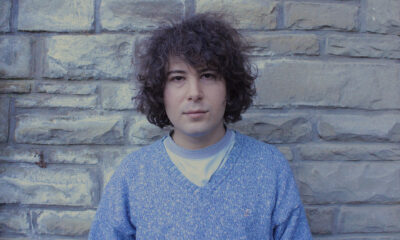
 Indie5 days ago
Indie5 days agoMichele Ducci Premieres Bouncy New Single “You Lay the Path by Walking on it”
-

 Alternative/Rock6 days ago
Alternative/Rock6 days agoWilliam Edward Thompson Premieres His Stripped-Down “Sleep Test” Music Video
-

 Country7 days ago
Country7 days agoJayce Turley Reflects on “Misery” with the Premiere of His New Single
-
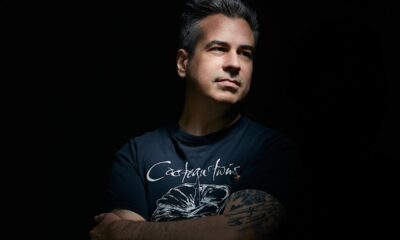
 Dance/Electronic2 weeks ago
Dance/Electronic2 weeks agoPerfect Female Type Premieres Synthwave Single “Science of Love”

